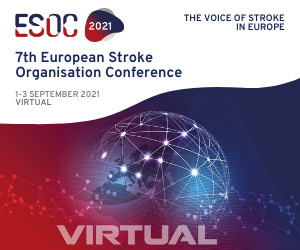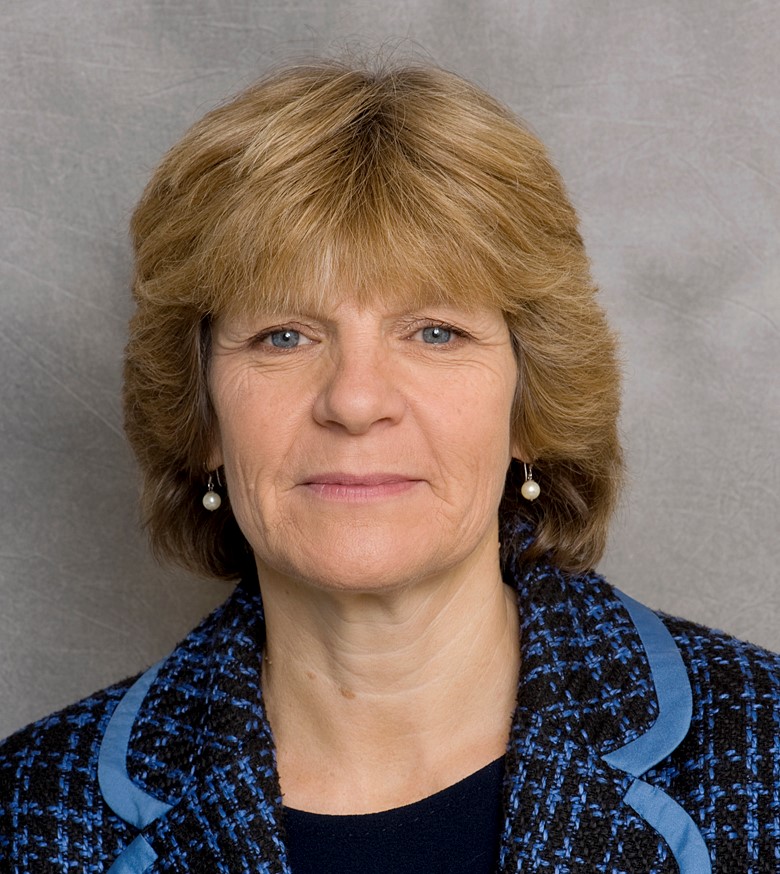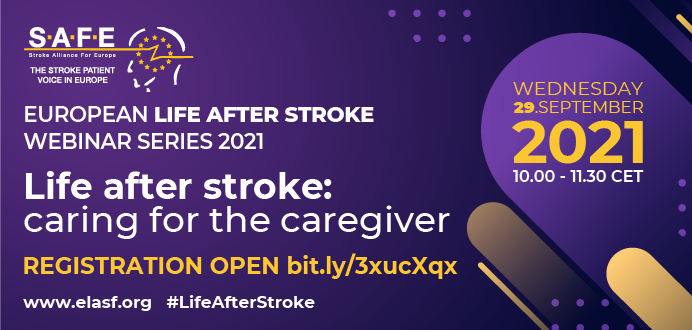
Aug 17, 2021
The European Stroke Organisation is holding their the 7th Conference (ESOC 2021) at the beginning of September.
It will be a virtual conference and you register here: www.eso-conference.org

Aug 17, 2021
Chair of the European Life After Stroke Forum Scientific Committee, Professor Avril Drummond, highlights the lack of emphasis on improving life after stroke for survivors and how this must be addressed.
‘ the needs of stroke survivors and their families….has not previously been given the focus it deserves’
‘few opportunities exist….in this neglected but vital area of care’
The European Life After Stroke Forum series of webinars in 2021 aims to build the life after stroke healthcare, research and patient community, stimulate debate and ultimately improve life after stroke care and build interest for our 1st European Life After Stroke Forum on 11 March 2022. To book your place on the next free webinar on Caring for the caregiver go to https://bit.ly/3xucXqx
Download the pdf here
For more information on the European Life After Stroke webinars go to https://www.elasf.org/

Aug 11, 2021
The European Brain Council has updated its factsheet on stroke and now includes more information on rehabilitation and life after stroke.
The Stroke factsheet is one of several disease specific factsheets and part of the #ILoveMyBrain initiative.
Find out more at braincouncil.eu/projects/ilovemybrain/

Aug 10, 2021
SAFE’s Director, Arlene Wilkie will be joining the Advocacy Exchange virtual event at 4-6pm EDT.
The event is the largest cross-disease advocacy initiative in healthcare, giving access to patient organisations and free resources from over 50 organisations. Hosted by @GRYTHealth and @BristolMyersSquibb, register at TheAdvocacyExchange.com. #AdvocacyExchange

Aug 2, 2021
We are delighted to let you know that the third in our series of free webinars on Life After Stroke: caring for the caregiver, is now open for registration https://bit.ly/3xucXqx
The session looks at some of the challenging aspects posed to informal carers, and the impact that caring for a stroke survivor might have on their lives. It will also cover predictors of wellbeing and resilience in carers and good practice examples of carer support and how to implement them.
If you missed our other events in the Live After Stroke series of webinar, you can now catch up on demand at elasf.org









